Wadi Rum, also known as the “Valley of the Moon,” is one of the most surreal places I’ve ever set foot in. Located in southern Jordan, this UNESCO World Heritage Site is a vast desert wilderness of red sand dunes, towering rock formations, and an otherworldly silence that makes you feel like you’ve landed on Mars. It’s no wonder movies like The Martian, Dune, and Lawrence of Arabia were filmed here.
Whether you’re a nature lover, an adventure seeker, or someone looking to disconnect under starry skies, Wadi Rum offers a unique and unforgettable experience.
Why Visit Wadi Rum?
Wadi Rum’s unique landscape feels like stepping onto another planet. It’s no wonder filmmakers use it to represent Mars or distant planets. But beyond the epic visuals, Wadi Rum offers a rare stillness, a connection to nature, and the rich cultural presence of the local Bedouin people who call it home.
Here’s why Wadi Rum is a must-visit:
-
Cinematic Scenery: Towering rock formations and deep canyons stretch across crimson sand, creating a dreamlike setting. It’s where movies like The Martian, Dune, and Lawrence of Arabia were filmed.
-
Cultural Immersion: Staying in a Bedouin-run desert camp gives you the chance to learn about local traditions, taste authentic food, and listen to stories passed down for generations.
-
Stargazing Like Never Before: Wadi Rum is one of the best stargazing locations in the world thanks to its remote location and zero light pollution. I saw more stars than I ever imagined.
To understand the geological significance, you can visit the Visit Jordan tourism site for an overview of Wadi Rum’s natural features. If you want to read more about our trip in Jordan, read our blog here.
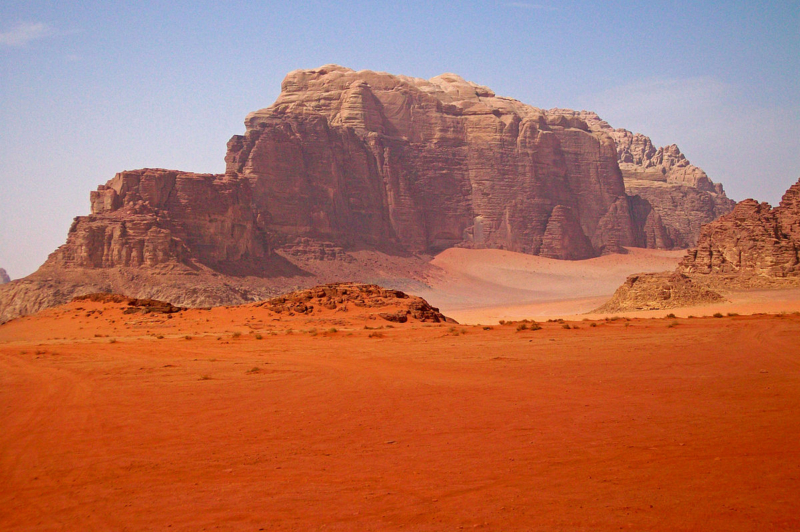
How to Get to Wadi Rum
Wadi Rum is remote, but it’s accessible by car or arranged transfer from major tourist cities in Jordan. Here’s what to expect from the most common starting points:
-
From Amman (4 hours): You can take the Desert Highway south. It’s a long drive, but it’s worth it if you’re doing a full Jordan road trip.
-
From Petra (1.5 hours): A scenic drive through winding roads and desert views. This is the most popular jumping-off point for Wadi Rum visitors.
-
From Aqaba (1 hour): If you’re flying into Aqaba or visiting the Red Sea, Wadi Rum is just a short detour inland.
Once you reach the Wadi Rum Visitor Center, you’ll meet your camp’s driver and transfer to a 4×4 that takes you into the protected desert area.
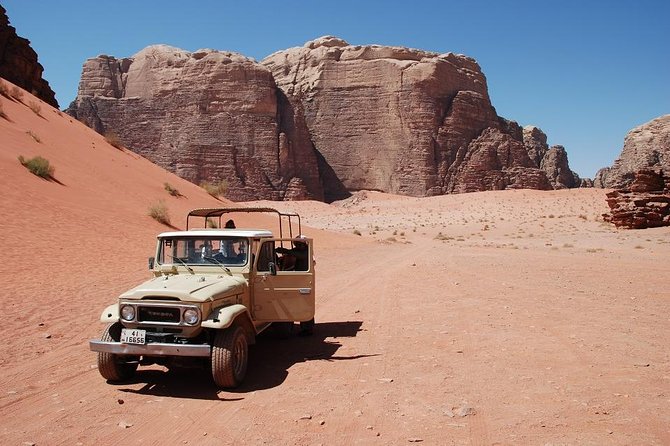
Where to Stay: Choosing the Right Wadi Rum Camp
Staying overnight is the best way to truly experience Wadi Rum. Camps vary in style—from traditional Bedouin setups to luxury Martian-style domes.
Types of camps:
-
Traditional Bedouin Camps: These are made of goat-hair tents and usually offer shared bathrooms, simple bedding, and communal meals. Perfect if you want an authentic, unplugged experience and are traveling on a budget.
-
Martian Domes & Bubble Tents: These futuristic dome-shaped tents come with private bathrooms, air-conditioning, and sometimes even glass ceilings for stargazing. I stayed in one of these and loved waking up to panoramic desert views through my window.
What to look for when booking:
-
Meals Included: Most camps offer a full Jordanian dinner and breakfast. Some even prepare meals underground using a method called Zarb.
-
Jeep Tours & Activities: Many camps include a 2–3 hour tour in the price or offer discounted packages.
-
Facilities: If you’re visiting in winter, ask if there’s heating. Some camps also have solar power to charge your devices.
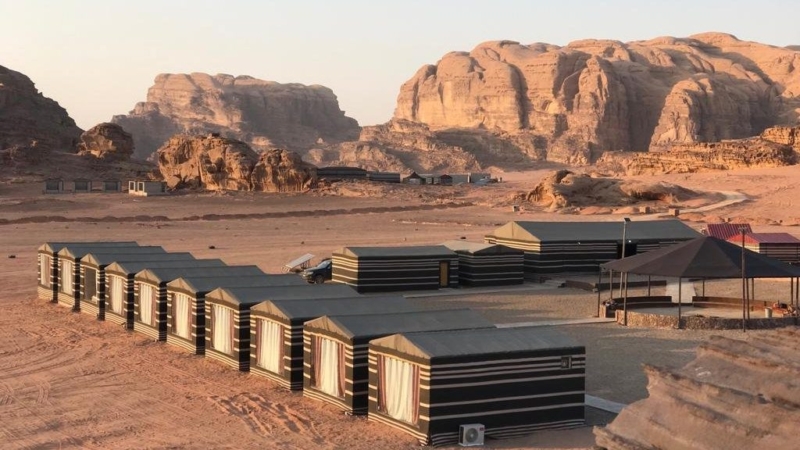
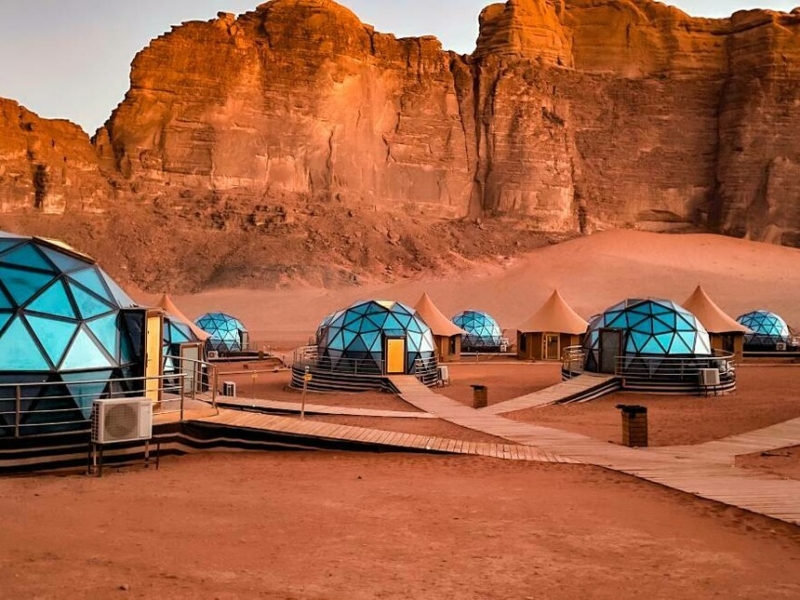
Bedouin Camp Experience: Culture Under the Stars
Staying overnight in a traditional Bedouin camp is where Wadi Rum truly comes alive. My camp had simple but cozy tents, hearty home-cooked meals, and a fire circle where we gathered at night to share stories, listen to traditional music, and stargaze.
And wow—the stars. With no light pollution for miles, the night sky in Wadi Rum is a sparkling ocean of constellations. I spent hours lying on a blanket, mesmerized by the Milky Way above me. For astronomy lovers, this place is a dream, and some camps even offer stargazing tours with telescopes.
The Bedouins’ hospitality was warm and genuine. They shared stories about their traditions, the meaning behind the songs, and how their families have lived in this desert for generations. It was a humbling reminder of how deeply rooted culture can be in a place as remote as this.
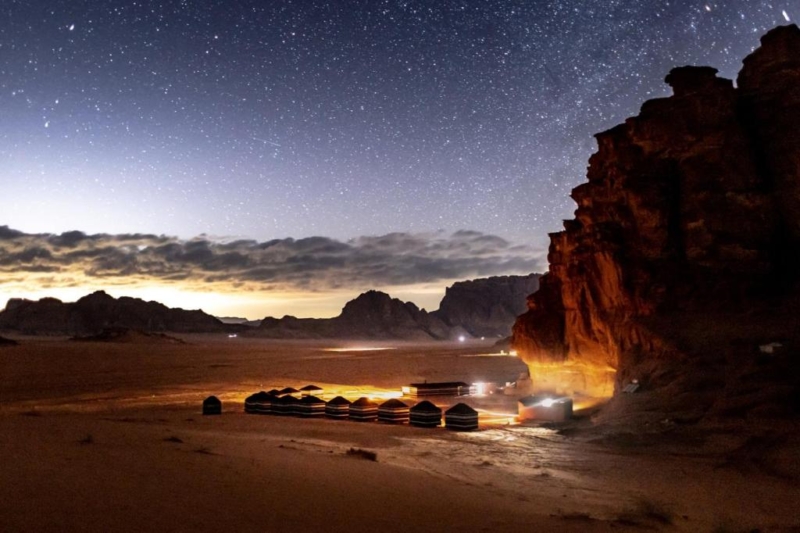
The Bubble Hotel Hype: Is it Worth the Price?
You’ve probably seen photos of Wadi Rum’s futuristic-looking bubble hotels on Instagram—glass-domed pods with views of the desert and night sky. While they look sleek and luxurious online, my honest take? They’re more style than substance.
Many are located near main roads or other camps, so you don’t get the serenity or seclusion you’d expect. The domes often fog up or get dusty quickly, and even though they feature en-suite bathrooms and air conditioning, they lack the cozy authenticity and human warmth of the Bedouin experience.
If your goal is luxury over connection, these might appeal
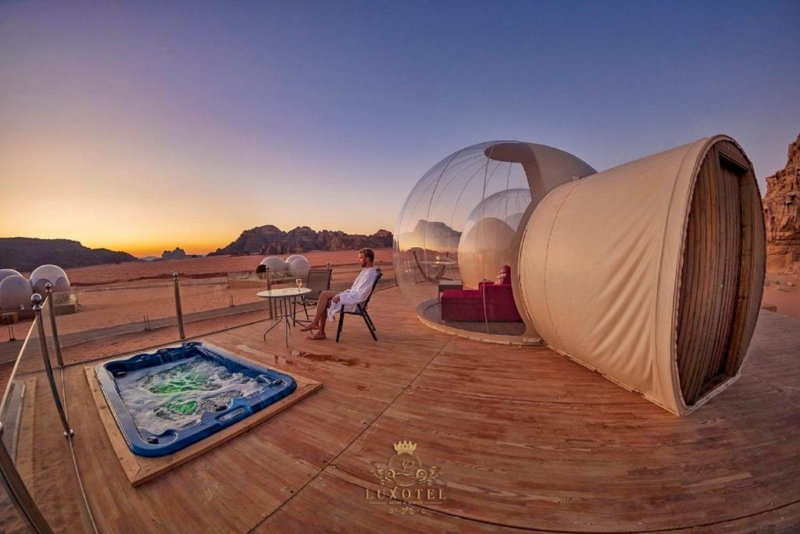
Top Things to Do in Wadi Rum
The desert isn’t empty—it’s packed with natural wonders, cultural sites, and epic views. Here’s what you shouldn’t miss:
-
Jeep Tour of Major Sites: This is the best way to see the highlights. You’ll drive over sand dunes and stop at places like:
-
Lawrence’s Spring: A natural spring with views over the valley, said to be used by T.E. Lawrence during the Arab Revolt.
-
Khazali Canyon: A narrow gorge filled with ancient petroglyphs and Nabatean inscriptions carved into the walls.
-
Um Frouth Rock Bridge: One of several natural rock bridges in the desert. You can climb up for a great photo with the desert behind you.
-
Red Sand Dunes: Steep hills of fine red sand. It’s fun (and tiring!) to climb them barefoot and run or slide down.
-
-
Camel Rides: A peaceful way to explore the desert, especially at sunrise or sunset when the colors are soft and golden.
-
Stargazing Nights: After dinner, step outside your tent and look up. On a clear night, you’ll see the Milky Way, constellations, and maybe even a shooting star.
-
Traditional Bedouin Meals: Don’t miss Zarb—meat and vegetables slow-cooked underground. Served with rice, bread, and yogurt-based sauces, it’s flavorful and filling.
For more travel tips, permits, and how to get there, check the official Jordan Tourism Board.
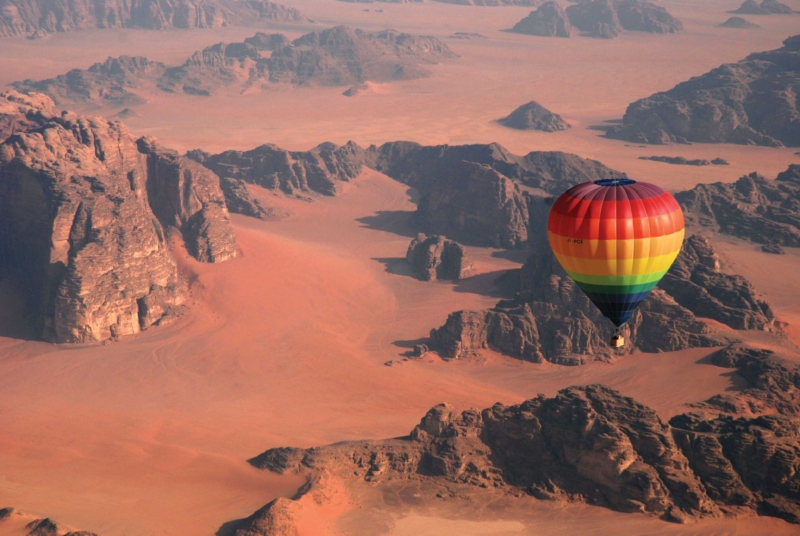
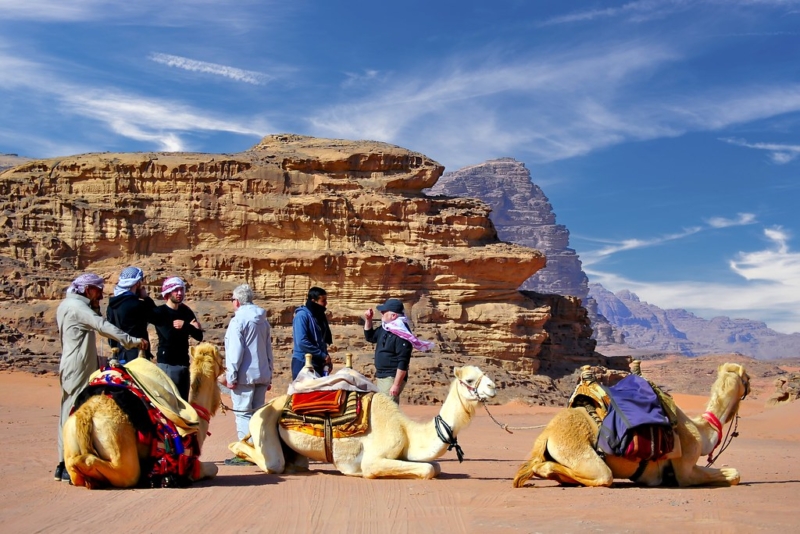
What to Pack for a Desert Camping Trip
Wadi Rum is wild and remote, so be prepared. Here’s a list of essentials:
-
Layered Clothing: It gets hot in the day and cold at night. Pack breathable shirts and a warm jacket.
-
Scarf or Keffiyeh: Protects against sun, wind, and sand. You can also buy a traditional one in Jordan.
-
Sunscreen & Sunglasses: The desert sun is strong, even in cooler months.
-
Comfortable Shoes: Closed-toe shoes for walking and hiking on sand and rocky surfaces.
-
Power Bank: Many camps run on solar energy and don’t have electricity 24/7.
-
Flashlight or Headlamp: Especially useful if you’re staying in traditional tents without full lighting.
-
Reusable Water Bottle: Stay hydrated—dehydration is common in the desert.
-
Camera or Smartphone with Space: You’ll want to capture every moment.
If you want some tips and tricks on how to travel light for your trip in Wadi Rum, read our blog here.
Final Thoughts
Absolutely—Wadi Rum is unlike anywhere else I’ve been. It’s not just about the landscapes; it’s about the feeling of being disconnected from the modern world and connected to something timeless. Whether you’re sitting quietly on a sand dune or watching the sky turn from orange to deep indigo, Wadi Rum leaves a lasting impression.
If you're visiting Jordan and planning to see Petra or the Dead Sea, add at least one night in Wadi Rum. You’ll come away with dust on your boots, stars in your eyes, and a story worth telling.
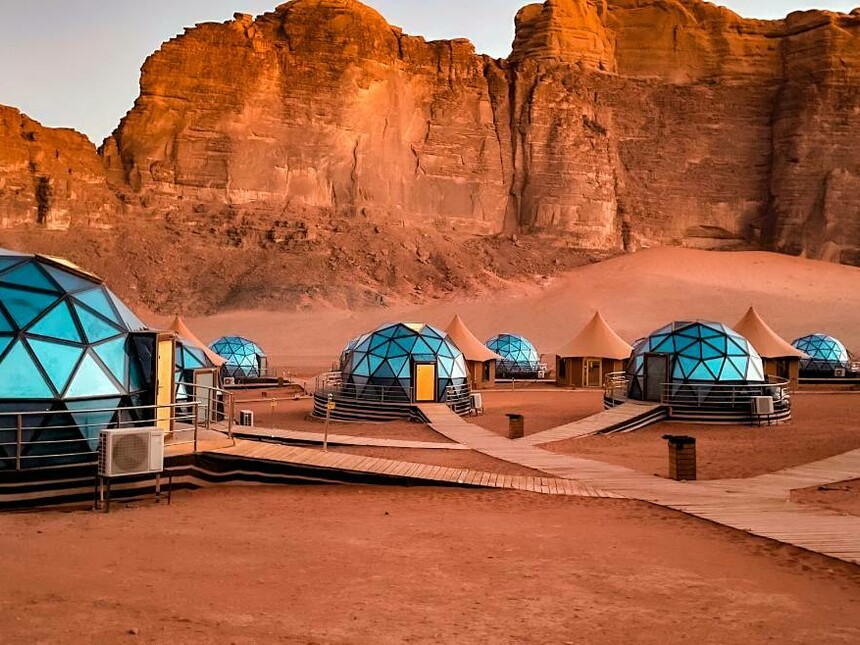
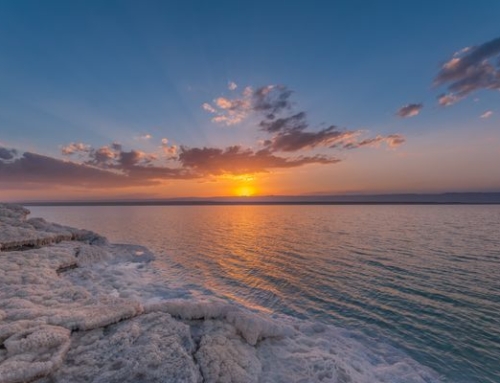
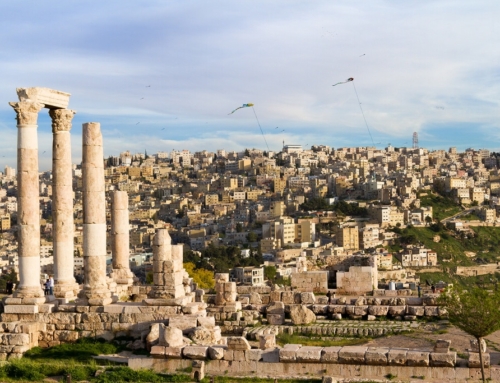
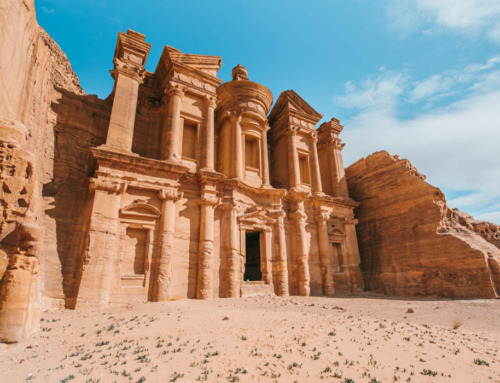
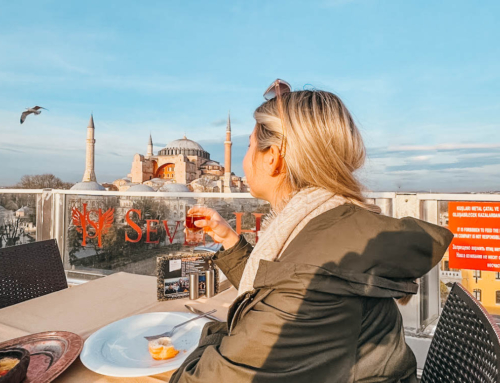
Leave A Comment